+ JMJ +
Bertha Boynton Lum
Printmaker and Illustrator
Japonisme had a major influence on nineteenth-century Western artists. Bertha Lum fell under its spell, and she endeavored to spend as much time as possible in Japan, even honeymooning there in 1903. There, she discovered the charm of Japanese woodblock prints.
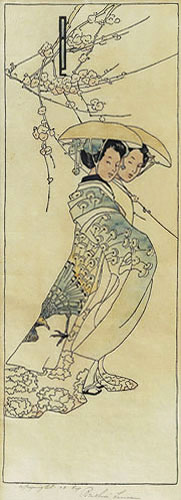
Geisha Girls
by Bertha Lum, 1908
From the Hanga and Torii Galleries
But instruction in Japanese woodblock techniques was hard to come by, as Lum discovered when she combed the city of Yokohama for printmakers. Returning to Japan in 1907 for several months, she gained an education in block printing, learning the techniques of carving from a master block cutter in Tokyo.

Sisters
by Bertha Lum, 1907
From the Hanga and Torii Galleries
She had a thorough understanding of color woodcut and opted for the traditional division of labor, a system where the artist, carver, printer, and publisher collaborated to produce a print.
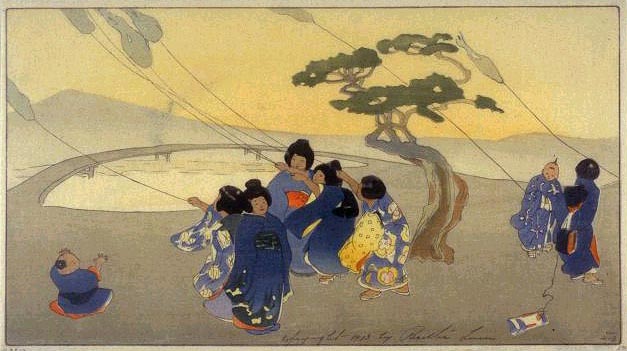
Kites
by Bertha Lum, 1912
From the Hanga and Torii Galleries
She combined Art Nouveau with the appealing art of the Ukiyo-e (Japanese woodblock print or painting depicting everyday life from the 17th to 19th centuries) to develop an exotic style with a bright, yet subtle, palette.
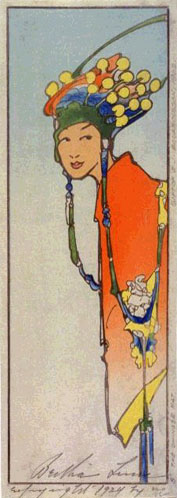
Chinese Hat
by Bertha Lum, 1924
From the Hanga and Torii Galleries
Lum moved easily within Japanese society. Hers were the only foreign woodcuts in the Tenth Annual Art Exhibition in Tokyo in 1912.

By Bertha Boynton Lum
Color Woodcut
The Minneapolis Institute of Arts (MIA)
Her color woodcuts were awarded the silver medal at the 1915 Panama-Pacific International Exposition and her work was included in the 1919 Exhibition of Etchings and Block Prints at the Art Institute of Chicago.

By Bertha Boynton Lum
Color Woodcut
The Minneapolis Institute of Arts (MIA)
Click here to go to Part 1 of this post.
Click here to go to Part 3 of this post.
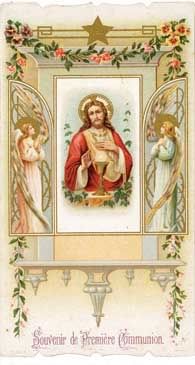

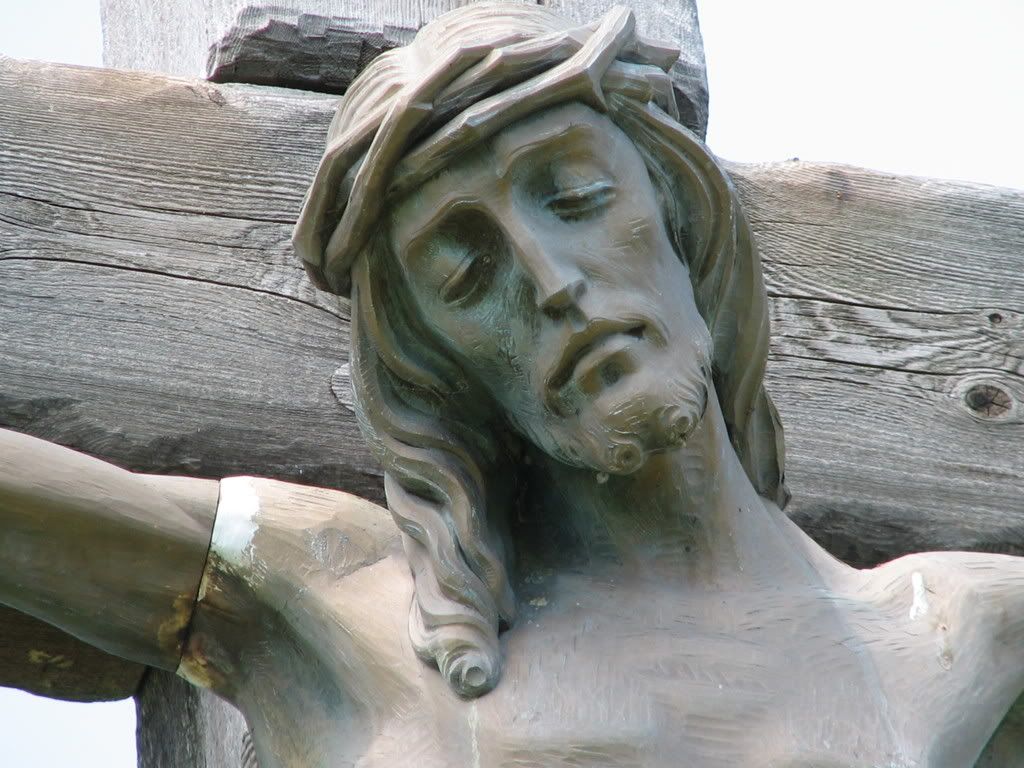














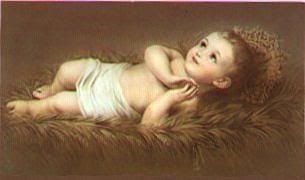

No comments:
Post a Comment